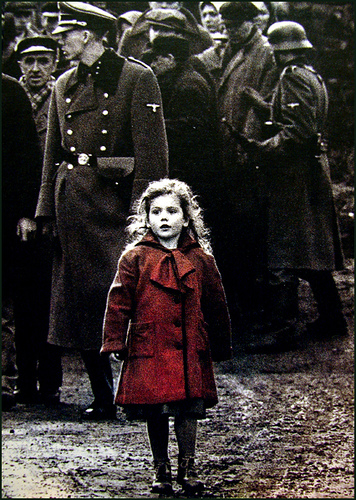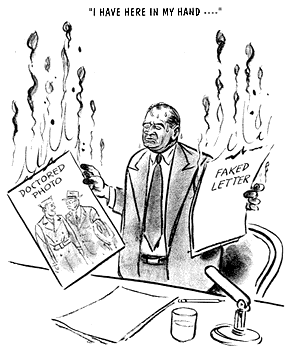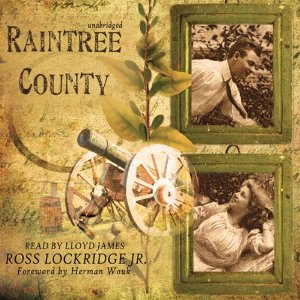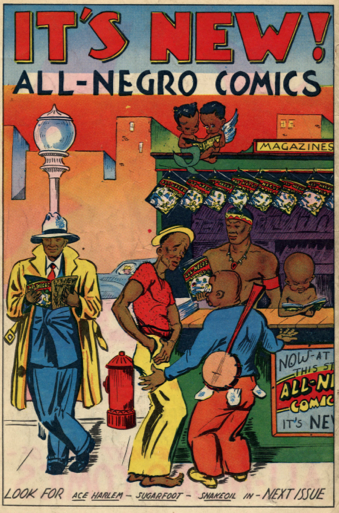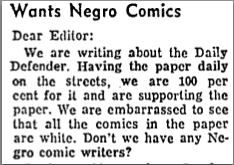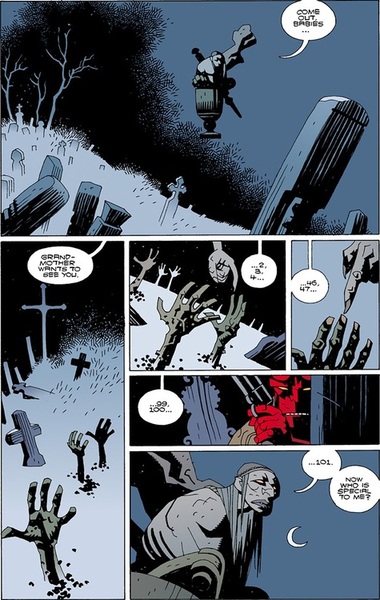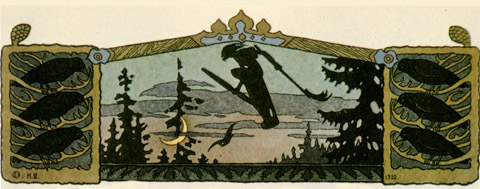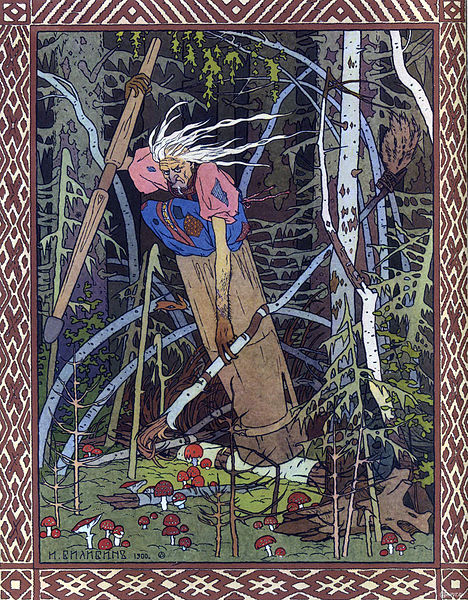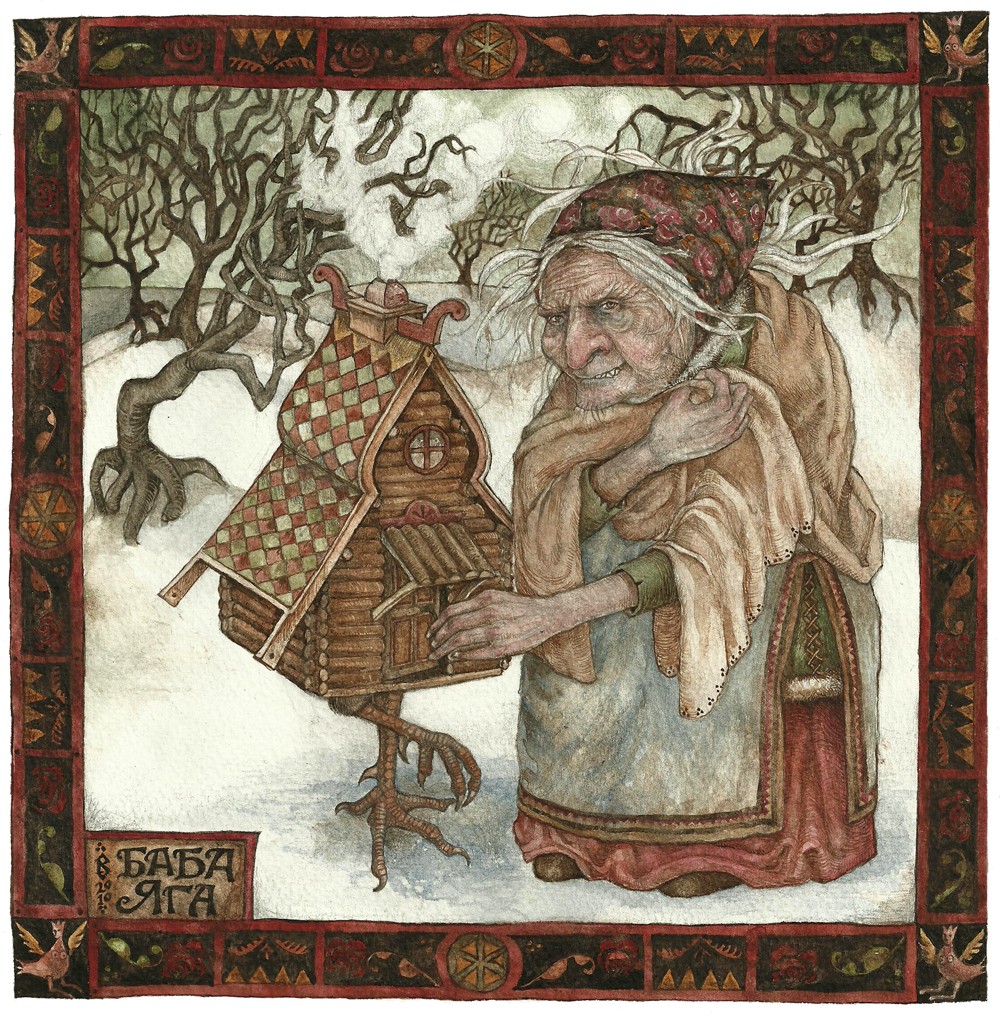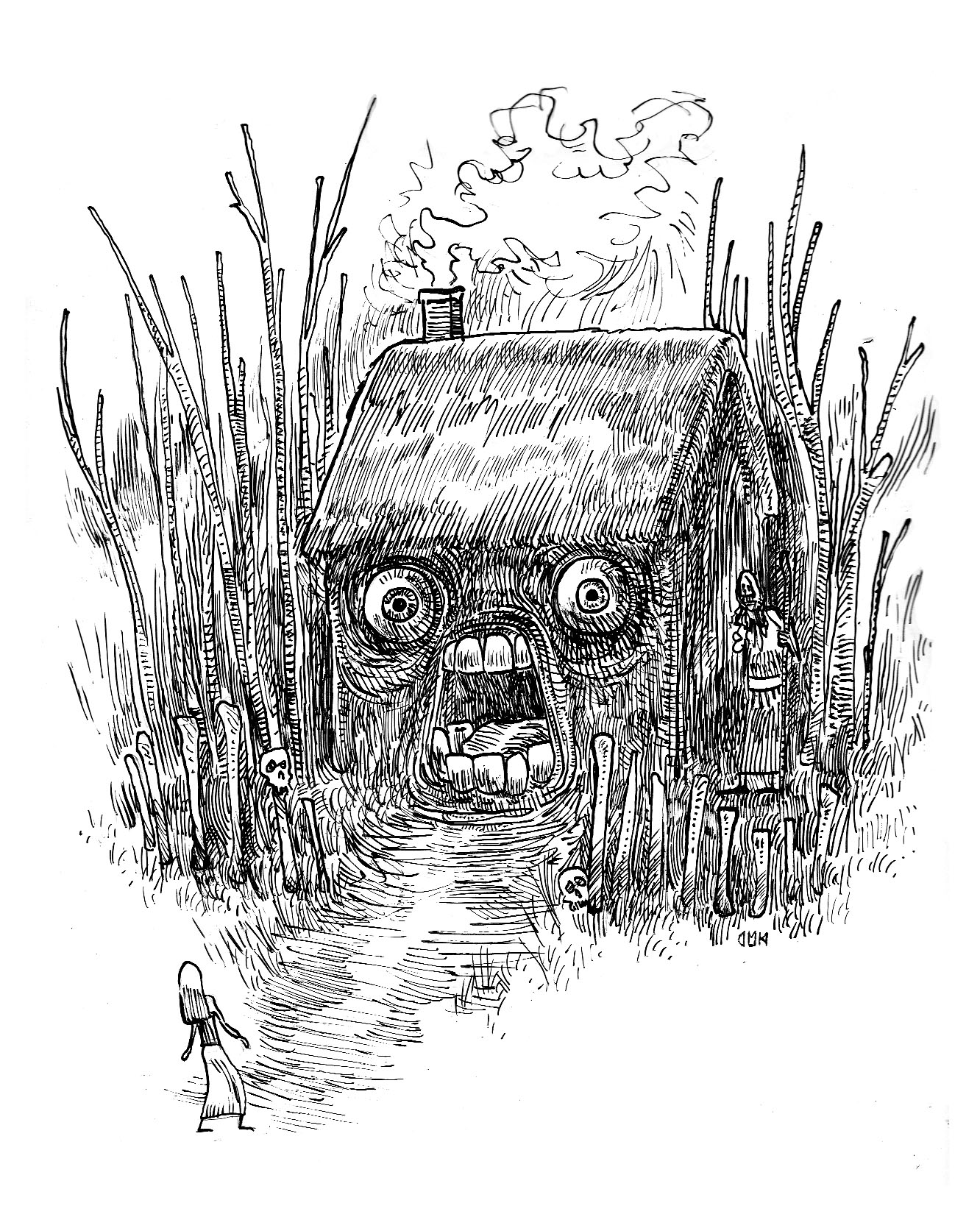“A true war story is never moral,” says Tim O’Brien in The Things They Carried. “If at the end of a war story you feel uplifted, “ he continues, “then you have been made a victim of a very old and terrible lie.” A nice idea. I thought of it after finishing Ben Fountain’s novel, Billy Lynn’s Long Halftime Walk. Certainly I did not feel uplifted in the sense that I wanted to go and fight a war. But the story quite clearly had a moral, even if I couldn’t quite put the moral into words. Would this book be proscribed according to O’Brien’s ideal? Would O’Brien’s own book? Were they in fact true war stories or did fiction circumvent this requirement? For some time now, Americans have been caught in a frustratingly circular conversation about war movies and war literature (see here and here for examples of those using O’Brien to break the impasse). The debate is not so much pro-war versus anti-war, but the authentic versus the non-authentic, with each side accusing each other of the same lack of authenticity. I blame Tim O’Brien. A true war story is always moral. Encouraging young writers, young soldiers and young civilians to believe such amoral stories exist or might be someday written is a dangerous American tradition that we would be well advised to stop.
Though nominally a work of fiction, The Things They Carried obsesses over the idea of a true war story. One chapter – appropriately titled “How to Tell a True War Story” – goes so far as to layer successive, often contradictory, arguments as to what makes a war story true. At one point, the reader is told that in a true war story “it is difficult to separate what happened from what seemed to happen.” At another, the reader discovers a true war story is actually not even about war, but about “sunlight” and “the special way the dawn spreads out on a river.” During a particularly desperate moment, the narrator asserts with vague spirituality, “a true story makes the stomach believe.” Throughout the chapter, no definitive positive verdict is rendered. O’Brien instead turns to negative affirmations like an apophatic theologian defining God. Thus described, a true war story “does not instruct, nor encourage virtue, nor suggest proper models of human behavior.” In other words, “if a war story seems moral, do not believe it.” It is O’Brien’s contention that an author or director who chooses to focus on camaraderie among US troops or the enemy’s sadism actually idealizes war. A story’s moral uplift, however subtle, excuses mistakes made along the way and justifies the entire war effort. Hence O’Brien’s warning to would-be-war-story readers and watchers: be wary of making sense of war’s nonsense lest you end up “the victim of an old and terrible lie” (and in Vietnam or Iraq or where have you).
But there’s a problem. O’Brien’s own book has a moral. If considered as a whole, The Things They Carried must be read as a condemnation of the Vietnam War, himself for fighting in the war, and war in general. The book’s uplift is quite clear in this respect even through the fog of fractured narrative and unreliable narrators. This is why people are so drawn to the novel – it encourages readers into empathy and introspection; it makes them think about war and its consequences. Likewise, movies to emerge from O’Brien’s war, movies one suspects O’Brien would agree with (Deer Hunter, Platoon, Full Metal Jacket and Apocalypse Now) quite obviously have a moral as well– mainly, the Vietnam War was a stupid and horrible war and we should think long and hard about what war does to young men before starting another. I am not old enough to vouch for how they were received at the time of release, but I think it’s pretty safe to say that they were interpreted as movies with a message. Yet in the intervening years something has changed. They have been turned into War Art, divorced from their original motivation, their original justification, and, unbelievably, have been used to justify exactly what they sought to condemn. This is possible, I believe, because Americans sincerely imagine true war stories to be without morals, an experience rather than a re-presentation, which can be enjoyed or appreciated rather than confronted.
Just because war is about as moral as two pit bulls tearing out each other’s throats, we should not assume stories written about war will lack morality as well. Unless the director/writer happens to be a computer or camera, the very act of re-presentation requires an argument on the part of the writer/director. Yet if one believes a true story is never moral – that it mirrors the violence it purports to represent – then one can conveniently ignore uncomfortable intellectual arguments made by the writer/director or any intellectual investment whatsoever. A liberal can enjoy Lone Survivor and a conservative can appreciate Platoon. This would be a fine moment of open dialogue if any attempt were made by either party to engage with the moral and intellectual arguments in these movies. Sadly, this is not the case. The viewers shut down that part of the brain and simply enjoy being party to pure violence for several hours. They use the fiction of the amoral war story to fantasize about what they would to in a world without morals. They pretend at broadmindedness while uncomprehendingly confirming their own desultory morality.
This disconnect extends to the soldiers as well as civilians. Even before 9/11, the US military consisted (and still consists) of culturally conversant generation Xers and Yers. We are not talking about Stephen Crane’s Henry Fleming here. There is no need to keep them down on the farm as the Internet and television already took them off the farm. They knew of Kubrick, Stone and Coppola before they even volunteered. Thus, the same soldiers can schizophrenically reference Full Metal Jacket and then cry like a baby at the end of the Notebook (which is the point of Kubrick’s “Mickey Mouse Club” ending I think). They can laugh hysterically at Team America and then order their soldiers to do exactly what the movie mocked without feeling the least sense of contradiction. Soldiers can do this because they truly believe a war story – like war itself – has no inherent moral so they can use these movies and literature as they see fit. Soldiers can ignore the moral messages in these movies – indeed celebrate movies with what they might consider offensive moral values – by telling themselves and being told by others the movies don’t really have a moral to relate.
Toward the end of In Pharaoh’s Army, Tobias Wolff, a Vietnam veteran like O’Brien, has a conversation extraordinarily similar to that of O’Brien’s in The Things They Carried. Wolff cannot quite pin down the best way to tell a story about the role he played in the destruction of a Vietnamese village. Wolff feels terribly sorry for what he did, but even as he tells the reader about his sorrow, he pauses to ask: “isn’t it just like an American boy, to want to admire his sorrow at tearing other people’s houses apart?” Wolff is not talking about what he did anymore – if he ever was – but how he can relate to the reader what he did without being insufferably moralistic about it. The very act of apologizing becomes an act of conquest and, therefore, justification – look how deeply sorry the American soldier feels about what he did! How uniquely and inspirationally American this introspection is! Yet Wolff does not skirt this very real intellectual and moral dilemma – arguably the heart of the war-story genre – by an appeal to the idea of an “amoral” war story. To do so would divorce war and those who fought in it from any larger context of morality. War, in this reading, just happens, like a miracle or spontaneous combustion; it saves the soldiers and those who sent the soldiers to war – civilians, politicians and generals – from thinking about why they tell these stories and who can’t tell these stories, those benighted souls in Vietnam or Iraq who don’t have the capacity or genius to admire their own sorrow at being immoral. These stories allow us to learn much about ourselves all the while thinking not at all about changing who we are.
So the next time you go and see Lone Survivor or read Yellow Birds, don’t ask yourself if the movie or book has successfully captured war’s authenticity. Do not get hung up debating whether or not the movie’s or book’s moral overwhelms its accurate representation of war’s horrors. Do not ask if it does or does not have a moral. Don’t be stupid. Of course it does. Ask yourself instead what the moral is and if you agree with it. Ask yourself in which way you have been uplifted and if you want to go in that direction and – if you don’t – why or why not? Otherwise, you will walk away believing war to be the one place where morality does not matter, when war – and questions of war’s justification, prosecution and remembrance – should be the one place where morality matters most.
_____
Michael Carson is an ex-soldier who studied history and now writes fiction on the Gulf Coast. He regularly contributes to and helps edit the Wrath Bearing Tree along with a philosopher and a journalist.

